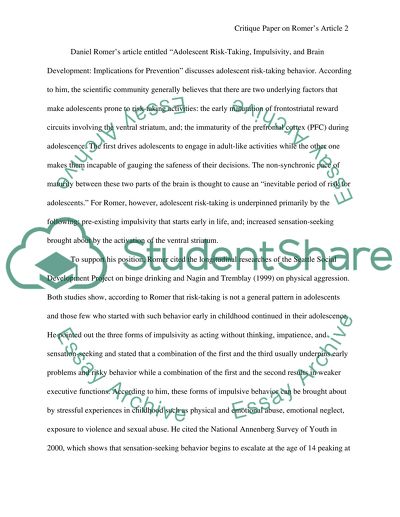Cite this document
(“Critique Paper on Adolescent Risk Taking, Impulsivity and Brain Essay”, n.d.)
Retrieved from https://studentshare.org/psychology/1430344-adolescent-risk-taking-impulsivity-and-brain
Retrieved from https://studentshare.org/psychology/1430344-adolescent-risk-taking-impulsivity-and-brain
(Critique Paper on Adolescent Risk Taking, Impulsivity and Brain Essay)
https://studentshare.org/psychology/1430344-adolescent-risk-taking-impulsivity-and-brain.
https://studentshare.org/psychology/1430344-adolescent-risk-taking-impulsivity-and-brain.
“Critique Paper on Adolescent Risk Taking, Impulsivity and Brain Essay”, n.d. https://studentshare.org/psychology/1430344-adolescent-risk-taking-impulsivity-and-brain.


